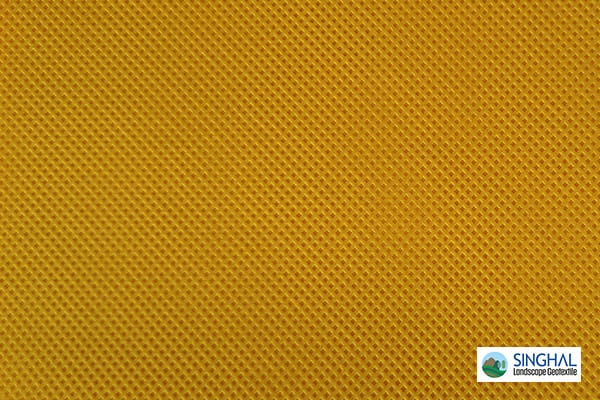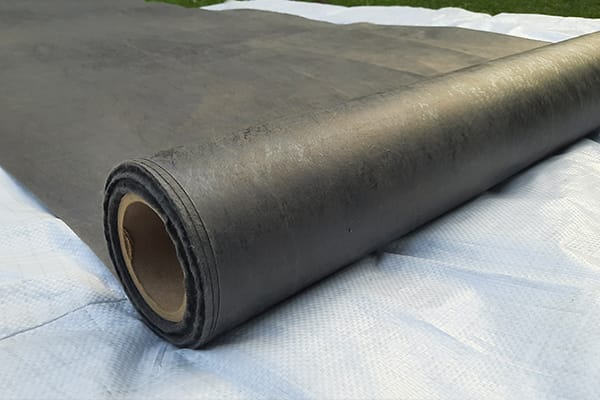Automotive Nonwoven Fabrics Manufacturer
Nonwoven fabrics for Automotive play a significant role in the automotive industry. Due to their versatility, lightweight nature, and ability to meet specific performance requirements. They are used in various applications throughout the vehicle, contributing to safety, comfort, aesthetics, and overall performance.
Singhal Landscape Geotextile is a leading manufacturer of high-quality automotive nonwoven fabrics. We are providing innovative, durable, and cost-effective solutions for various applications. Our advanced materials enhance vehicle performance, comfort, and safety, making us a trusted partner in the automotive industry. For premium quality automotive nonwoven fabric in bulk, Contact us today!
Common Applications
Interior Components
Upholstery: Nonwoven fabrics are used as substrates for seat covers, providing comfort, durability, and a good aesthetic appearance. They can be treated for improved stain resistance and fire retardancy.
Headliners: Nonwoven materials are used for the lining of vehicle roofs. They provide sound insulation and contribute to a quieter cabin environment while also offering a pleasing visual finish.
Door Panels and Trim: Nonwoven fabrics lighten door panels, improving sound and comfort in vehicles.
Sound and Thermal Insulation
Acoustic Insulation: Nonwoven fabrics for Automotive are used to reduce noise levels inside the vehicle. They are designed to absorb sound waves and prevent noise from entering the cabin, enhancing passenger comfort.
Thermal Insulation: Nonwovens insulate vehicles, controlling temperature by limiting heat transfer.
Filtration
Air Filters: Nonwoven fabrics for Automotive in air filters trap dust and pollen for clean cabin air.
Oil Filters: Nonwovens filter oil by removing contaminants.
Composite Materials
Reinforcement Layers: Nonwoven fabrics for Automotive can serve as reinforcement layers in composite materials used for lightweight structural components. This helps improve the overall strength and durability of the parts while keeping weight down.
Sandwich Structures: Nonwoven materials can be used in sandwich structures with other materials to create lightweight and strong components, ideal for body panels and internal structural parts.
Protective Covers and Liners
Underbody Protection: Nonwovens protect vehicle underbodies from corrosion, moisture, and dirt, extending component life.
Seat Liners and Covers:
They provide an additional layer of protection for seats, helping to maintain their appearance and comfort over time.
Carpet and flooring:
Nonwoven fabrics for Automotive are popular in car interiors (carpets, flooring) because they’re durable, versatile, and cheap.
Acoustic Insulation :
Nonwoven fabrics for Automotive reduce noise and vibrations in cars, improving comfort.
Key Benefits of Nonwoven Fabrics For Automotive
Noise Reduction: Nonwoven fabrics for Automotive effectively absorb and dissipate sound waves, significantly reducing the noise inside the vehicle. This makes for a quieter and more comfortable cabin experience.
Vibration Dampening: These materials reduce road and engine vibrations, improving comfort and vehicle longevity.
Lightweight: Nonwoven fabrics for Automotive are significantly lighter than traditional materials, which helps improve fuel efficiency and reduce emissions.
Cost-Effective: Nonwovens are often cheaper to produce than woven fabrics.
Versatility: Nonwovens can be designed for moisture resistance, fire retardancy, and acoustics, ideal for automotive use.
Ease of Processing: Nonwovens enable easy molding, allowing for creative car interior designs.
Sustainability: Recycled or biodegradable nonwoven fabrics support automotive sustainability.
FAQs About Nonwoven Fabrics For Automotive
Nonwoven fabrics are materials made by bonding fibers together through mechanical, chemical, or thermal processes instead of weaving or knitting. Automotive industries use them for their lightness, durability, affordability, and versatility in upholstery, insulation, and filtration.
Nonwoven fabrics offer sound-absorbing and insulating properties, reducing noise and helping maintain a comfortable temperature within the cabin. Their soft texture also provides comfort in seats and other contact surfaces, while being breathable to enhance passenger comfort over long drives.
Nonwoven fabrics filter well due to their ability to trap fine particles. Lightweight, low-resistance filters with high efficiency, ideal for cabin air, oil, and fuel.
Many nonwoven fabrics are now produced from recycled or sustainable materials, reducing environmental impact. Additionally, their lightweight nature helps reduce overall vehicle weight, which can improve fuel efficiency and lower emissions. Some nonwoven fabrics are also biodegradable, further supporting sustainability.
Nonwoven materials are used as thermal and acoustic insulation in vehicle interiors. They reduce engine heat and road noise inside cars.
Nonwovens are durable, resisting wear, tear, UV, moisture, and chemicals.
They’re built tough for harsh vehicle conditions: contact, temperature changes, and dirt.
Automotive nonwovens often have flame-retardant treatments for safety. Fire resistance is especially important for interior fabrics and under-hood components.
Yes, nonwovens can be tailored for durability, waterproofing, UV protection, and aesthetics. This versatility allows manufacturers to tailor the fabrics for different automotive applications.
Nonwoven fabrics are generally more affordable to produce than traditional woven or knitted fabrics. Easy to process and design, they offer a cost-effective solution for automotive manufacturing.
Specification of Nonwoven Fabrics For Automotive
Weight (GSM):
30–40 GSM: Light nonwovens used for applications like disposable protective covers and liners.
40–100 GSM: Medium-weight fabrics often used in interior trims, headliners, and filter media.
100–200 GSM: Heavier nonwovens used for carpets, sound insulation, and thermal barriers.
Colour
Gray & Custom as per requirement
Width
1.6, 3.2 or as per request
Length
as per requirement
Packaging Type
Roll From







